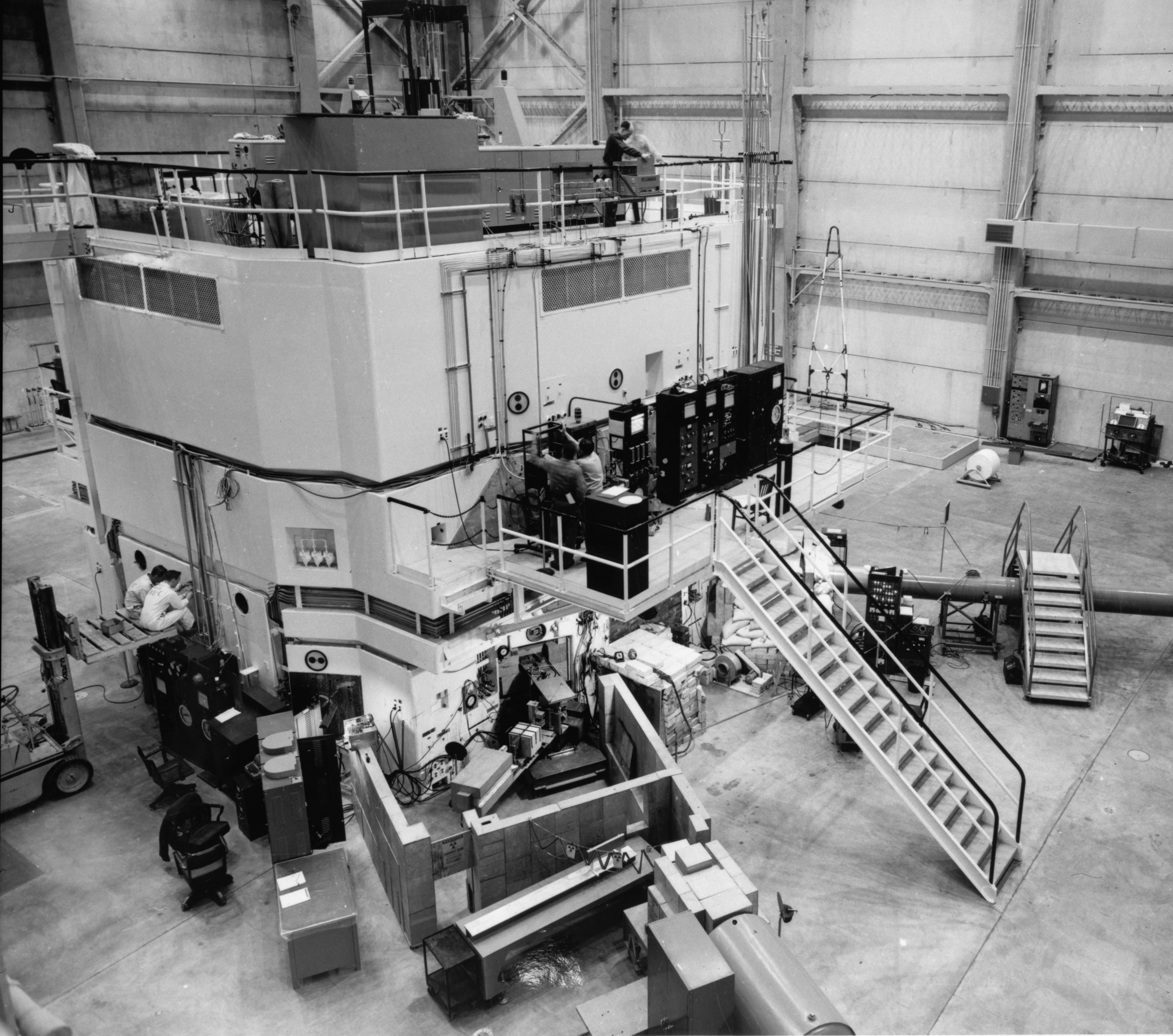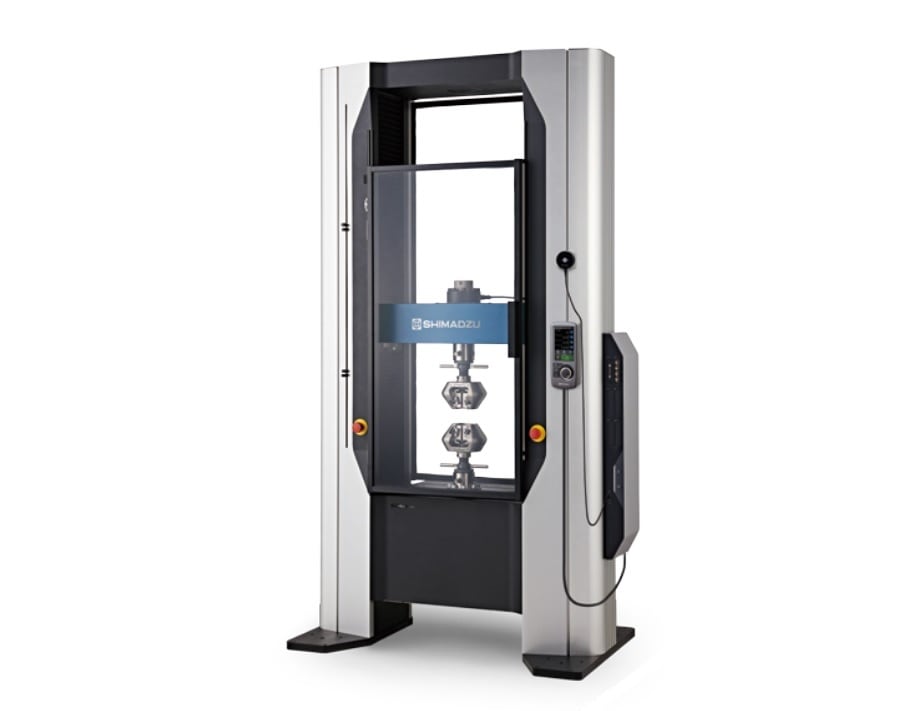Raise Results with Our Materials Test Lab Know-how
Wiki Article
Pressing Limits: Checking Out Methods in Products Testing
In this meeting, we will dive into the cutting-edge and advanced approaches utilized in the area of products screening. As innovation breakthroughs, so does our capability to press the boundaries of what is feasible in screening and evaluating numerous materials. Join us as we begin on a trip of discovery and exploration in the world of materials testing.Advanced Imaging Technologies
Advanced imaging modern technologies have transformed the area of materials testing, enabling scientists to delve deeper right into the architectural residential or commercial properties of products. These sophisticated techniques have opened brand-new avenues for studying and evaluating materials, giving valuable insights that were previously unattainable.One such sophisticated imaging modern technology is X-ray calculated tomography (CT), which uses X-ray beam of lights to produce 3D pictures of the inner structure of materials. By capturing several X-ray pictures from different angles and rebuilding them, scientists can envision the inner attributes and defects of materials with remarkable detail. This non-destructive method is especially beneficial for checking out intricate frameworks, such as composite products or elements with complex geometries.

Moreover, atomic pressure microscopy (AFM) has actually emerged as an useful tool for identifying the surface area homes of products at the nanoscale. By checking a sharp probe throughout the material's surface, AFM can determine forces and produce thorough topographic maps, providing valuable information regarding surface area roughness, mechanical buildings, and attachment pressures.
Cutting-Edge Simulation Methods
A series of cutting edge simulation techniques are pushing the limits of materials testing, providing researchers unmatched insights into material behavior. These advanced simulation methods employ advanced computational techniques to model and forecast the performance of materials under various problems. By imitating the actions of products at the molecular and atomic level, researchers can better recognize the hidden mechanisms that control product properties and efficiency.Another powerful method is limited element evaluation (FEA), which splits a complex structure or material right into smaller sized, more workable elements and examines their behavior under different loads. FEA is commonly utilized in design and materials scientific research to study the action of materials to mechanical, thermal, and electromagnetic pressures.
Furthermore, multiscale modeling integrates various simulation techniques to connect the gap in between macroscopic and atomistic ranges. By incorporating information from various length ranges, scientists can accurately predict the behavior of products under real-world problems.
These advanced simulation methods are transforming materials screening by providing insights that are otherwise challenging or impossible to acquire experimentally. They make it possible for researchers to optimize product layout, check out new materials, and enhance the efficiency and integrity of existing materials in a variety of markets, from aerospace to biomedical.
Non-Destructive Examining Strategies

- Numerous non-destructive screening techniques are used in materials examining to take a look at the residential or commercial properties and honesty of materials without triggering damages. These strategies play a vital role in different sectors, including aerospace, auto, construction, and production, where the quality and dependability of products are paramount.
One frequently made use of non-destructive testing method is ultrasonic screening. This method includes sending out high-frequency acoustic waves through a material and assessing the echoes that bounce back. By determining the moment it considers the echoes to return, service technicians can establish the thickness of the material, discover inner problems, and analyze the overall structural stability.
An additional extensively used technique is radiographic testing, which uses X-rays or gamma rays to check products. This approach is specifically effective for spotting interior flaws such as inclusions, gaps, or splits. By revealing the product to radiation and recording the resulting go to this web-site photo on a movie or digital detector, technicians can review the top quality and soundness of the material.
Various other non-destructive screening strategies consist of magnetic bit testing, color penetrant screening, and eddy current screening. Each method has its very own special advantages and is suitable for details material types and applications.
High-throughput Testing Approaches
High-throughput screening approaches supply a reliable and detailed means of reviewing products in large amounts during the screening process. This strategy involves the synchronised testing of countless samples, allowing for the fast identification of products with desired properties or attributes.One of the vital advantages of high-throughput testing approaches is the capacity to test a vast array of materials in a brief period of time. Standard screening methods commonly require lengthy and labor-intensive processes, making it challenging to review multitudes of samples. With high-throughput testing, scientists can rapidly examine products on a scale that was previously not possible.
An additional advantage of high-throughput screening is its ability to determine products with details homes or attributes. By examining a lot of samples, researchers can determine products that show specific homes, such as high stamina or superb conductivity. This makes it possible for researchers to tailor materials for specific applications or industries.
High-throughput screening methods likewise enable for the exploration of brand-new materials with special buildings. By examining huge amounts of products, scientists can discover materials that display unique attributes or actions. This can cause the growth of brand-new materials that have a large range of applications, from sophisticated electronics to energy storage space.
Unique Multi-scale Evaluation Techniques
The implementation of novel multi-scale evaluation approaches improves the precision and accuracy of products checking processes. By combining multiple ranges of evaluation, researchers are able to obtain an extra detailed understanding of the behavior and residential or commercial properties of materials. Typical products evaluating methods usually concentrate on macroscopic properties, yet these techniques fail to record the complex details and communications that occur at smaller sized scales.One example of a novel multi-scale analysis technique is making use of computational modeling. By imitating the habits of materials at various scales, scientists can predict and recognize their mechanical, thermal, and chemical homes. This permits even more accurate forecasts and optimizations of product performance.
An additional technique entails the use of innovative imaging techniques, such as electron microscopy and atomic pressure microscopy - materials test lab. These techniques make it possible for researchers to picture and analyze materials at the nanoscale, giving insights right into their microstructure and composition. By integrating these monitorings with macroscopic testing data, an extra complete photo of the product's behavior can be acquired
In addition, the integration of maker learning algorithms and information analytics in products testing has likewise boosted the precision of see here now analysis. These techniques can recognize patterns and relationships in large datasets, enabling for faster and a lot more reliable analysis of materials residential properties.
Verdict
To conclude, the exploration of methods in products screening has actually brought about significant improvements in numerous locations. Advanced imaging technologies have enabled in-depth analysis and see this site visualization of material frameworks. Sophisticated simulation methods have facilitated the prediction and understanding of material behavior. Non-destructive screening strategies have actually made it possible for the analysis of product honesty without creating damages. High-throughput testing techniques have sped up the discovery of new products. Novel multi-scale evaluation approaches have actually supplied insights into product buildings at various scales. These developments have pressed the limits of materials screening and led the way for further study and advancement.
A variety of state-of-the-art simulation techniques are pushing the limits of materials screening, offering scientists unprecedented insights right into material actions (materials test lab). By mimicing the actions of materials at the molecular and atomic level, scientists can much better understand the hidden mechanisms that regulate product homes and efficiency
Various non-destructive screening strategies are employed in products examining to analyze the buildings and integrity of products without creating damage. By exposing the product to radiation and recording the resulting image on a film or electronic detector, professionals can evaluate the quality and strength of the product.
By testing large amounts of products, scientists can uncover products that show novel qualities or habits.
Report this wiki page